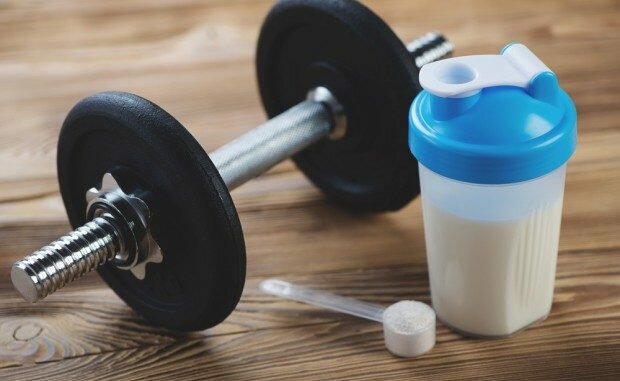
Let’s be honest – many take to fasting not for spiritual purification but for losing weight. And many are deeply disappointed by the end of the fast. Why?
Importance of getting proteins
Obesity during the fast is very popular. First of all, it, like any diet, is connected with compulsory restrictions. And if the food outside fasting was one of the main pleasures of life for you, then the loss makes you think about eating all the time. Fasting imposes restrictions not only on the composition of food but also on its quantity. Therefore, those who fast for the sake of diet paradoxically begin to eat more.
According to the study available at WritingBee, it is animal protein that provides a feeling of satiety for a long time. By depriving yourself of the usual and favorite meat and fish dishes, you risk being carried away with sweets and bakery products – simple carbohydrates. And by the end of Lent you can find a solid increase in weight. Absence of protein is the second (not psychological, but physiological) cause of overeating.
The third cause is the lack of vitamins and microelements contained in the usual diet – after giving up milk, you get less calcium; abandoning fish, you are deficient in vitamin D; giving up meat, you feel the lack of essential amino acids. The body tries to compensate for it somehow but falls into its own trap – the brain can analyze and offer only familiar food.
If you have rarely included vegetable proteins in the menu in the usual (not Lent) life, then the body does not feel any need for them. But the salvation is in them.

Fasting on beans
It’s no secret that fasting is an ideological justification for forced abstinence. If you translate from the language of religion to the language of dietetics, then it will be about local and seasonal nutrition. By the beginning of spring, almost all the products that had been stored since autumn had come to an end in peasant farms and nothing new has yet grown. Animals were no longer killed because the constant thaws created difficulties with the storage of meat products. Thaws also greatly complicated ice fishing. The preserved grain was put aside to spring sowing and the only food people literally has was the beans. Strong, well-dried, and therefore not rotting and not particularly loved by rodents, beans and peas formed the basis of the diet.
A vegetable protein by amino acid composition cannot completely replace the animal one but during the fasting, beans (lentils, peas, mung beans) really help out.
They become almost the main source of protein for the period of fasting. However, having solved the problem of protein deficiency at the expense of beans, you still cannot avoid hypovitaminosis.
It’s quite difficult to compensate for the deficit due to natural products in this period of the year since freshest vegetables are grown in greenhouse conditions. Therefore, it is necessary during the period of fasting with the help of a dietician or a doctor to decide on the inclusion of special vitamin supplements in the diet.
How to be without milk
In fact, an adult (especially if he has already included vitamin-mineral complexes in the diet) does not need milk.
In addition, if you limit yourself from all dairy products, then you will have to give up the sweet and short-baked dough – this decisive step will save you from extra pounds during fasting.
However, it’s difficult to fight with habits and temptations, so we have to look for a replacement. Soy cheese and soy mayonnaise can at least temporarily console many.
Soy and products from it, for example, tofu cheese are champions of vegetable protein content. It is even often compared with meat by the composition and amount of amino acids necessary for the body. You can use sprouted soy, adding it to salads, vegetable stews. Soy milk is very reach in protein.
A great alternative to cow’s milk is almond, coconut, and soy. Coconut milk is the most high-calorie, therefore it is recommended to use it no more than two or three times a week.
Carefully read the composition on the package – very often soy and almond milk contain vanillin and sugar (which significantly increases the caloric content of the product).
!
Comments
comments